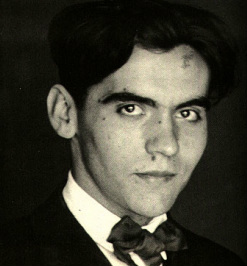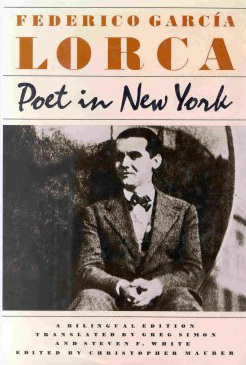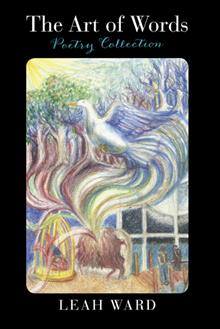
Federico Garcia Lorca was a Spanish poet, dramatist and theatre director born in 1898 and executed at the age of 38 in the Spanish Civil War. You could learn more about him in the flawed biopic Little Ashes, which also stars Robert Pattinson as Salvador Dali (seriously), but I wouldn’t recommend that if you’re at all interested in discovering Lorca for yourself. One doesn’t need a biography to understand Lorca, they only need to read his works.

Blood Wedding, or Bodas de Sangre to give it the Spanish title, is one of the plays in the unofficial “Rural Trilogy” encompassing the plays Yerma and The House of Bernalda Alba. The trilogy is called as such as Lorca intended to write a “trilogy of the Spanish earth”, although he died before it was complete and The House of Bernalda Alba was not initially considered a part of it. Blood Wedding is a tragedy, themed around illicit love, grief, and longing, echoing perhaps Lorca’s own life (which we’ll get on to). But while this story has been told many times before, many of the themes being present in Romeo and Juliet, for example, it is Lorca’s way with language that makes Blood Wedding such an incredible play. Act One, Scene Two features a dark, foreshadowing lullaby about a horse, the lyrics of which are beautifully sinister.
“Horsey’s hooves are red with blood/Horsey’s mane is frozen/Deep inside his staring eyes/A silver dagger broken.”

Poet in New York is a collection written by Lorca during his visit to Columbia University in the years 1929-1930. With Lorca being present in New York for the stock market crash, much of his work was influenced by that event with a specific theme of condemning urban capitalist society, and therefore speaks to contemporary audiences due to our own current financial crisis. But it is not the only theme present in the book. Lorca, a minority himself as a gay man in Franco’s Spain, writes about New York’s oppressed black communities, such as in The King of Harlem:
There is no anguish like that of your oppressed reds,
or your blood shuddering with rage inside the dark eclipse
He also explores his own alienation as a foreign visitor, and experimenting with graphic poetic techniques that would take him away from the folklorist nature of his previous work and plays. It was this that led to him writing plays such as Blood Wedding, which rebelled against Spanish bourgeois society.
Look at the concrete shapes in search of their void.
Lost dogs and half-eaten apples.
Look at this sad fossil world, with its anxiety and anguish,
a world that can’t find the rhythm of its very first sob.
- Nocturne of Emptied Space
It would be remiss of me not to mention the man Lorca. While the film Little Ashes goes some way to explaining the young life of this great poet, and makes explicit the intense personal relationship he shared with Salvador Dali, it does gloss over some of the most important details. Lorca, fired up in part by his time in America, was a radical, using his art to voice his political views. Little Ashes seems to present Lorca’s growth in radicalism as a result of his heartbreak over Dali marrying as opposed to his own political leanings, but that is a romanticised notion.
The facts of Lorca’s death remain scarce, but we do know that he left his family home in Grenada three days before the outbreak of the Civil War, and that he was assassinated. Whether his assassination was due to his politics, as expressed in his art, his sexual orientation, or other factors, is still up for debate. What is known is that Franco placed a general ban on Lorca’s works which was not lifted until 1953, and his works continued to be heavily censored until after Franco’s death, while his Sonnets of Dark Love (with homoerotic themes) were only published in draft form in the 80s, and final manuscripts have never been discovered. Thanks for Franco’s oppressive regime, and Lorca’s sexuality and politics, one of the greatest writers poetry was almost lost to history, and that only makes his beautiful words more important.





 RSS Feed
RSS Feed
